TIDT388 February 2024
3.2 Output Voltage Ripple
Figure 3-22 through Figure 3-18 show the output voltage ripple at various operating conditions
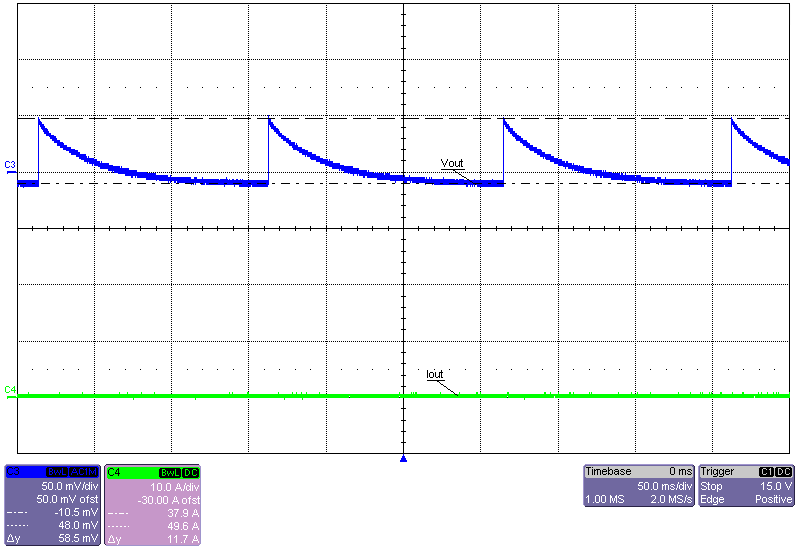 Figure 3-10 Output Voltage Ripple, 24V Input, No Load, PFM
Mode
Figure 3-10 Output Voltage Ripple, 24V Input, No Load, PFM
Mode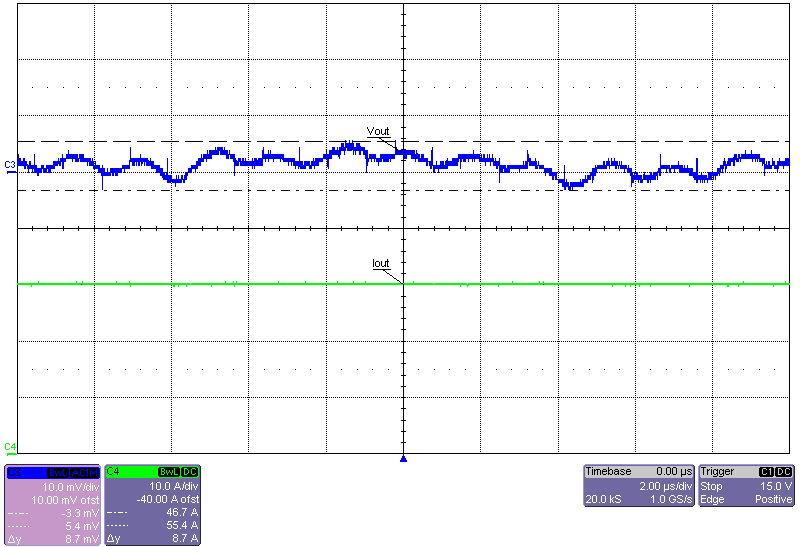 Figure 3-12 Output Voltage Ripple, 24V Input, 30A Load
Figure 3-12 Output Voltage Ripple, 24V Input, 30A Load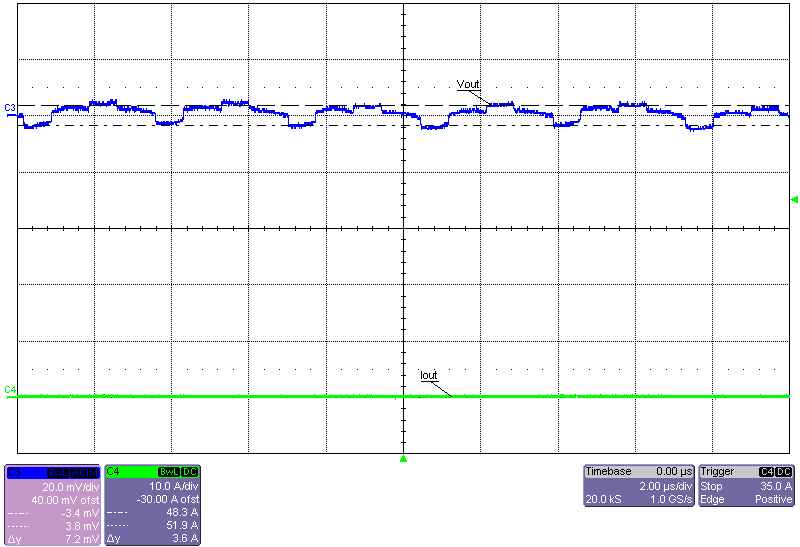 Figure 3-11 Output Voltage Ripple, 24V Input, No Load, FPWM
Mode
Figure 3-11 Output Voltage Ripple, 24V Input, No Load, FPWM
Mode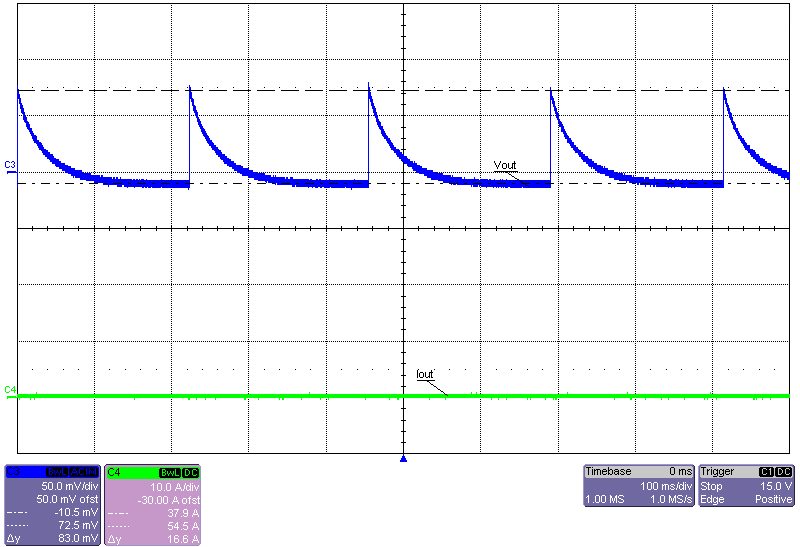 Figure 3-13 Output
Voltage Ripple, 48V Input, No Load, PFM Mode
Figure 3-13 Output
Voltage Ripple, 48V Input, No Load, PFM Mode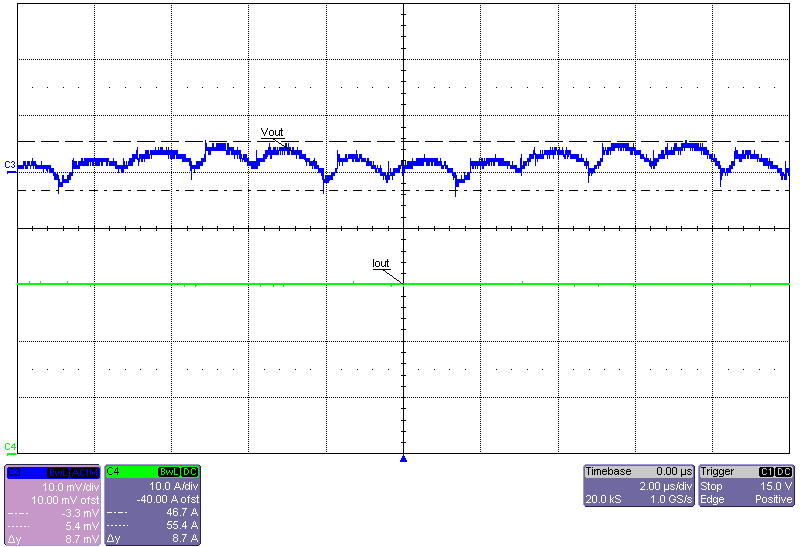 Figure 3-15 Output
Voltage Ripple, 48V Input, 30A Load
Figure 3-15 Output
Voltage Ripple, 48V Input, 30A Load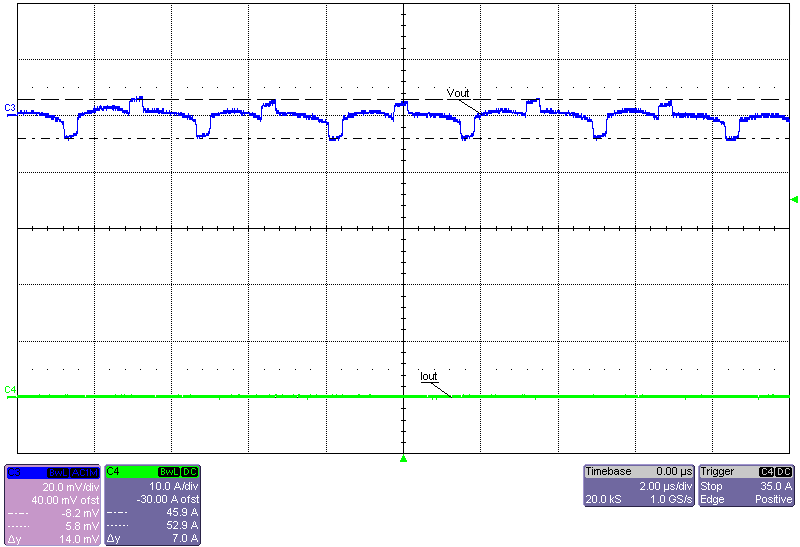 Figure 3-14 Output
Voltage Ripple, 48V Input, No Load, FPWM
Mode
Figure 3-14 Output
Voltage Ripple, 48V Input, No Load, FPWM
Mode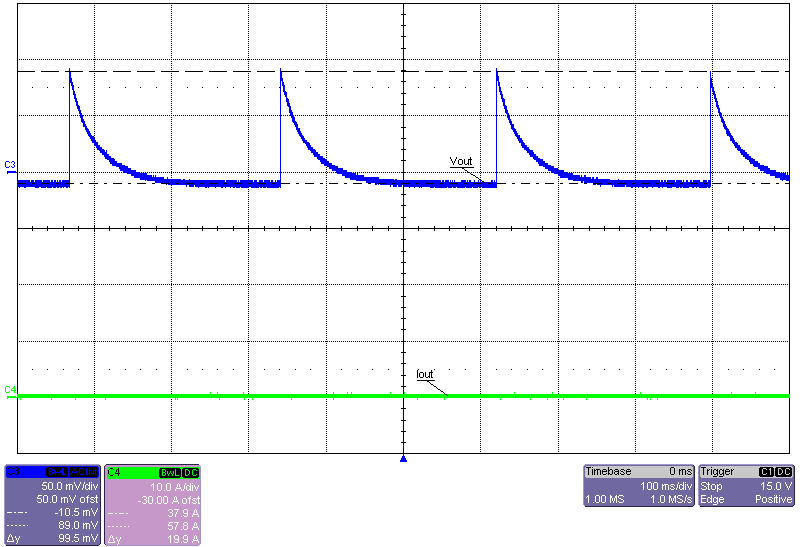 Figure 3-16 Output
Voltage Ripple, 60V Input, No Load, PFM Mode
Figure 3-16 Output
Voltage Ripple, 60V Input, No Load, PFM Mode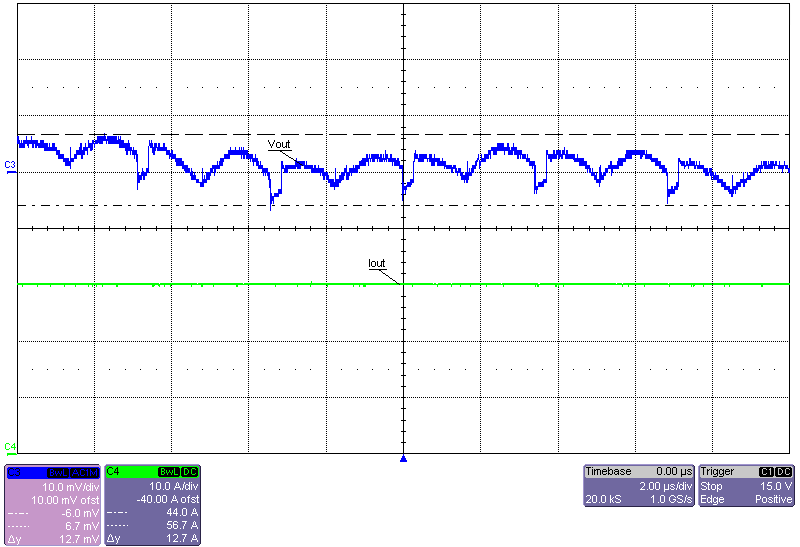 Figure 3-18 Output
Voltage Ripple, 60V Input, 30A Load
Figure 3-18 Output
Voltage Ripple, 60V Input, 30A Load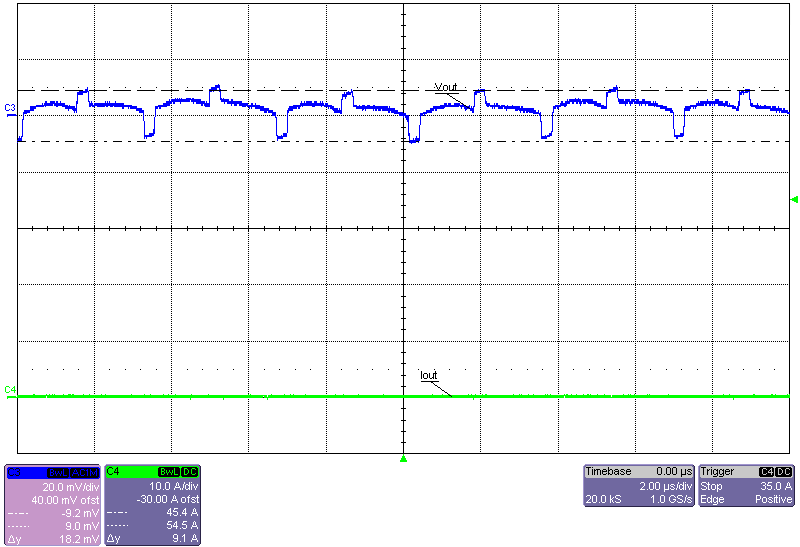 Figure 3-17 Output
Voltage Ripple, 60V Input, No Load, FPWM
Mode
Figure 3-17 Output
Voltage Ripple, 60V Input, No Load, FPWM
Mode